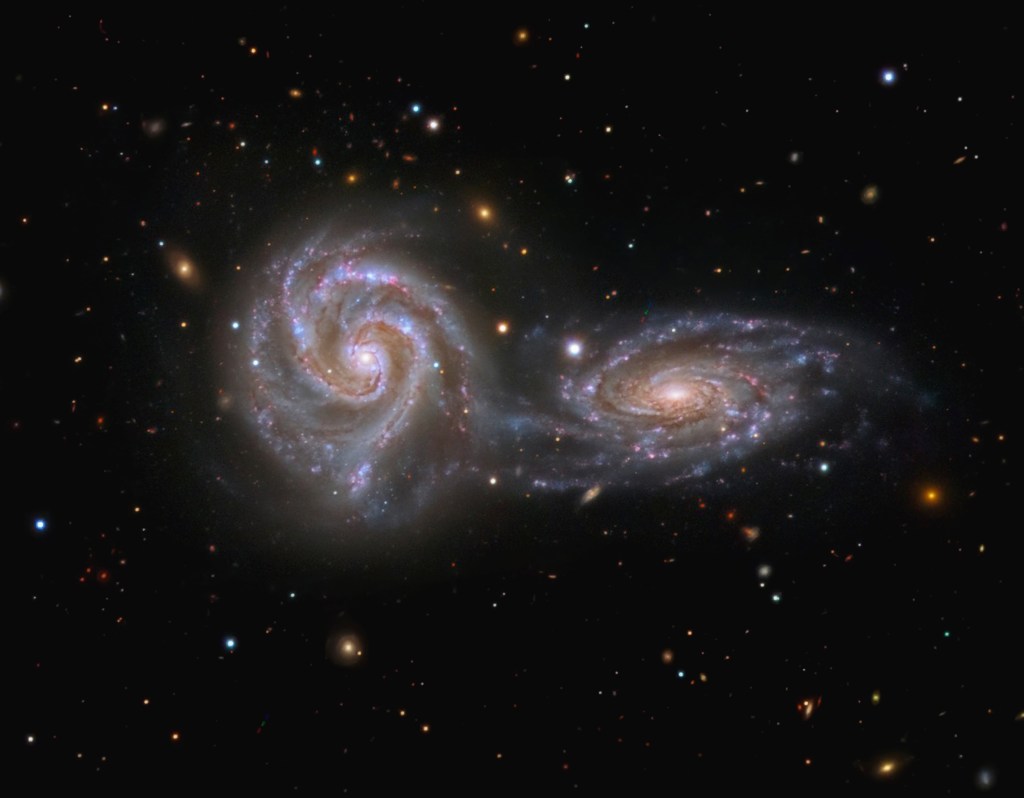
Over the course of the last few posts, we’ve explored different types of active galactic nuclei: Seyfert galaxies, double-lobed radio sources, and quasars.
At the heart of each of these galaxies lies a supermassive black hole, feeding off an energy feast of infalling material and producing titanic eruptions of energy.
Most galaxies, though, are not active. The majority of supermassive black holes–like the one sleeping at the heart of our own galaxy–are on “starvation diets,” living off minuscule streams of dust from cannibalized satellite galaxies.
We know what causes these supermassive black holes to erupt. But why are they so rare? What part do they play in galactic evolution?
Continue reading




